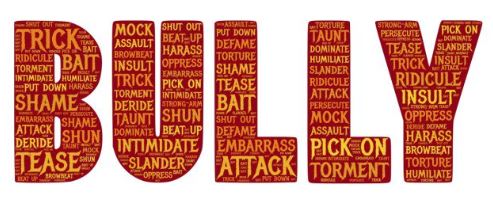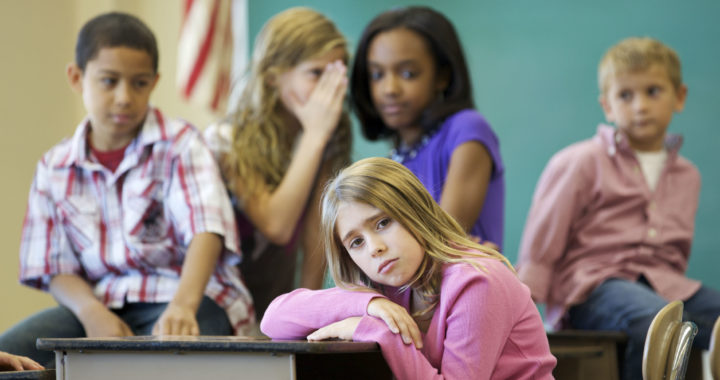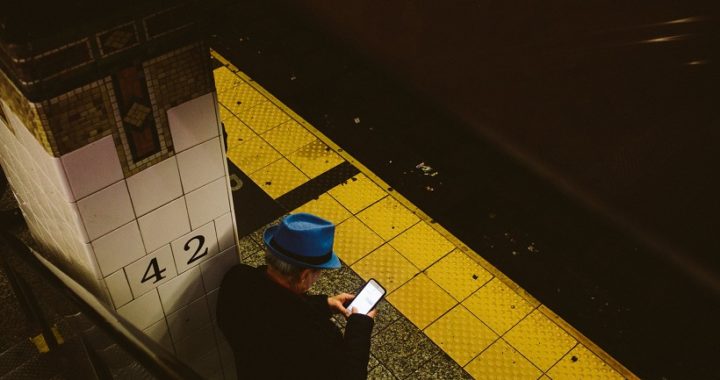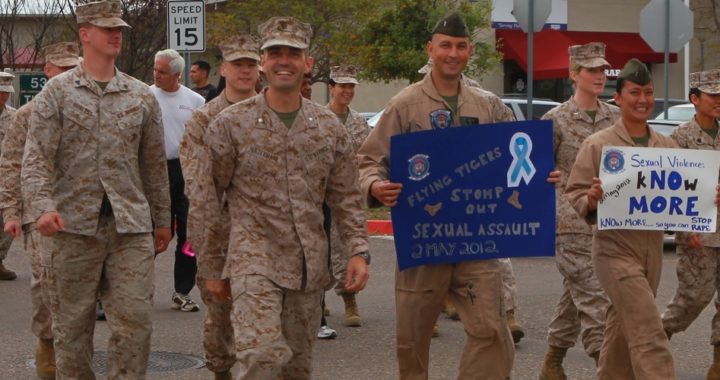We want all schools to be bully-free zones, but that is easier said than done. In Indiana, state law requires school staff to complete training annually about bullying. The purpose is to understand what bullying is, what signs to look for, how to identify bullying, and how to report incidents of bullying. Furthermore, students in Indiana participate in bullying programming annually. Even with all of this prevention, bullying still occurs.
Bullying is repeated actions or behavior that is unwanted by the recipient. Schools are tasked with making sure students understand the difference between being bullied or dealing with an unpleasant interaction. For example, if a child is called a name during a game at recess, but is never called a name again by that student, that is not bullying. If a child is called a name every day at school by the same student, that is bullying, and it needs to be reported.
Read more: https://indy.education/2019/09/25/when-your-child-becomes-a-victim-of-bullying/




